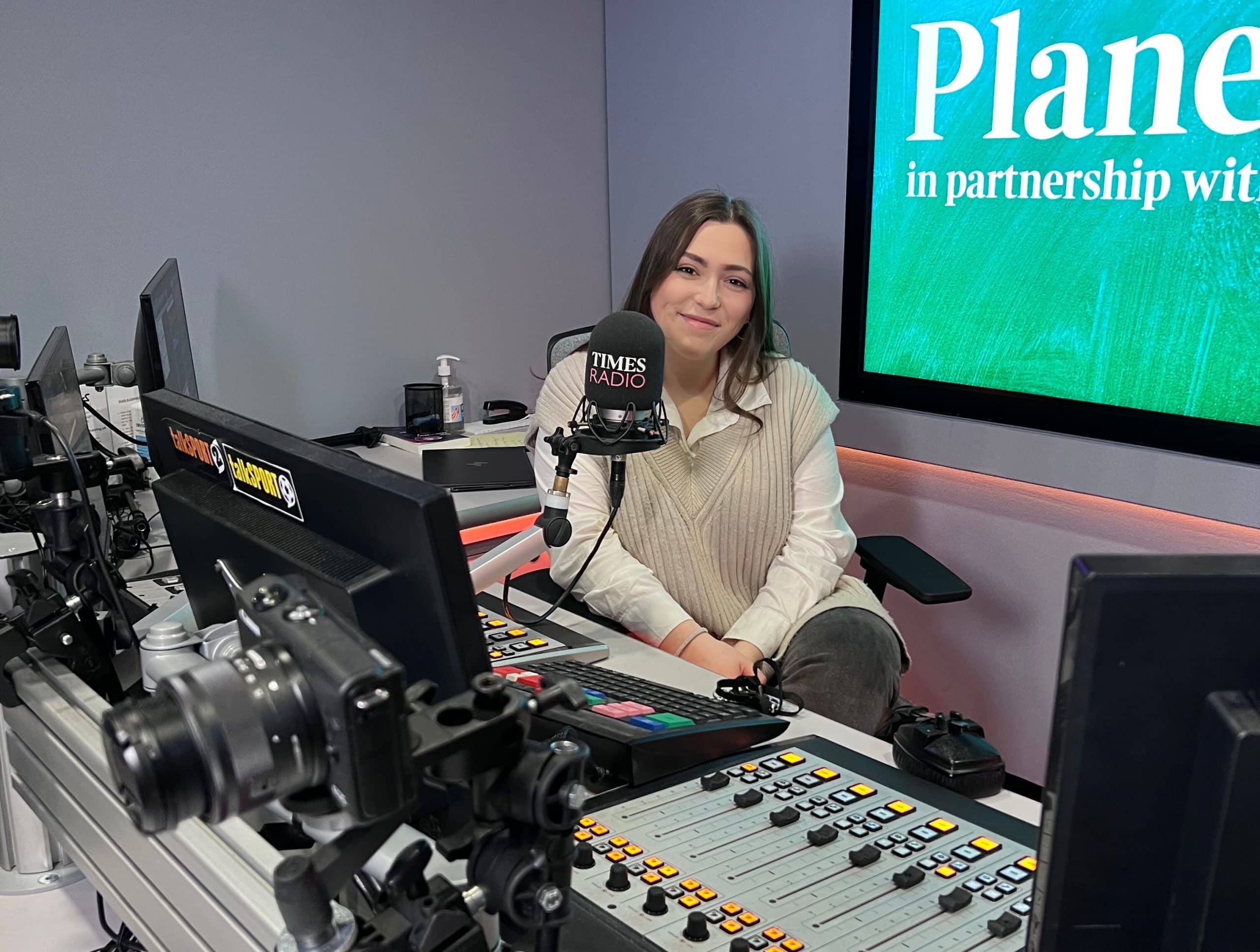“Planet Hope,” a new 12-part podcast series launched last month by The Times, is one of several podcasts produced by Anya Pearce using the online studio Cleanfeed to record audio remotely.
Hosted by The Times’ Environmental Editor Adam Vaughan, the podcast includes interviews with inspiring individuals providing solutions to preserve our planet. There are fascinating insights from expert contributors such as climate scientist Felicity Aston MBE and conservationist and National Geographic explorer Steve Boyes.
As is often the case when creating a podcast, not every contributor can physically make it to a studio for recording, which is when Pearce turns to Cleanfeed for broadcast quality live audio, unadulterated, over the internet in real-time.
I need eagle ears for my job, but if I played out a recording done in person in the studio versus one done virtually on Cleanfeed, I couldn’t tell the difference.
Anya Pearce, editor, News UK podcasts
“Getting people into our studios to record is always our first option because it’s much better to have that personal interaction between a guest and a host,” says Pearce. “However, when this isn’t possible, we use Cleanfeed to record them remotely because it makes their location irrelevant in terms of audio quality. I need eagle ears for my job, but if I played out a recording done in person in the studio versus one done virtually on Cleanfeed, I couldn’t tell the difference. Provided the guest and the host are both properly equipped with a good set of USB headphones and microphone, the audio quality will be just the same.”
Multiple simultaneous interviews
As part of the News UK podcast team, Pearce has been involved in many successful projects for print publications such as The Times, The Sunday Times and The Sun. News UK also produces a wide variety of podcasts for its radio brands, which include Virgin Radio, Times Radio, talkSPORT and talkRADIO (now TalkTV).
“We decided on whether or not to use Cleanfeed on a case-by-case basis,” Pearce says. “If we , I act as host and send out a weblink to all participants through my Cleanfeed account. All they have to do to join the session is log onto the internet and click on the link. As a virtual studio application, it is really useful because it does allow us to speak to people in many different locations.”
Anya adds that being able to interview more than one person at a time is also useful. “I can monitor each track as we’re recording,” Pearce explains. “I can click on a track, change the volume level and check the audio quality while we are recording, which you can’t do with other software. As the producer in the background, that’s really key because it allows me to still produce the best quality audio from a virtual studio application.”
“Applications like Zoom are user-friendly and easy for non-professional people to understand, but they mainly focus on the visual aspect and connecting people simply to get information across. They are not necessarily for listening back in high quality, and the audio you record is really compressed to the extent that it sounds squashed. Cleanfeed is different because it is designed specifically for live audio recording, giving us the quality we need for our podcasts.”

